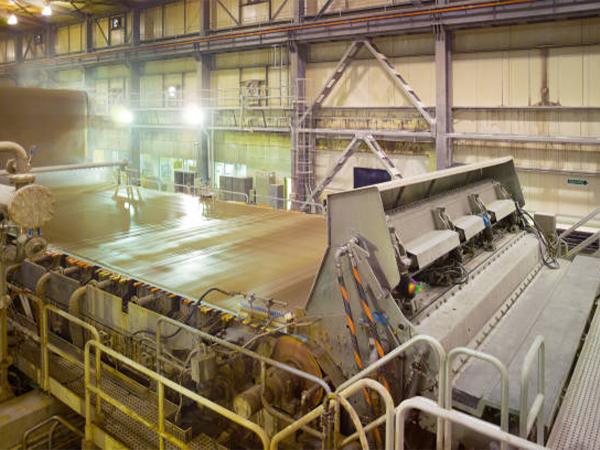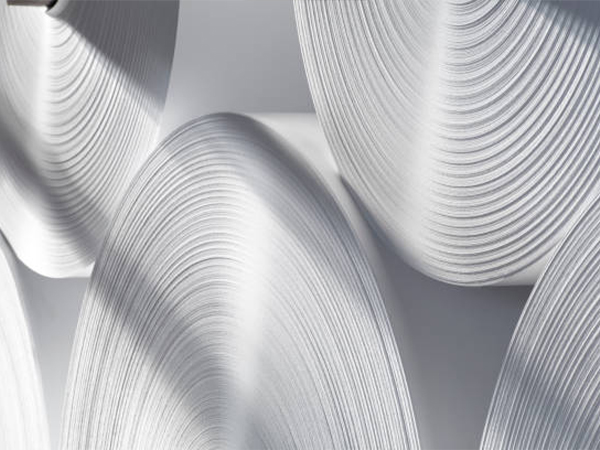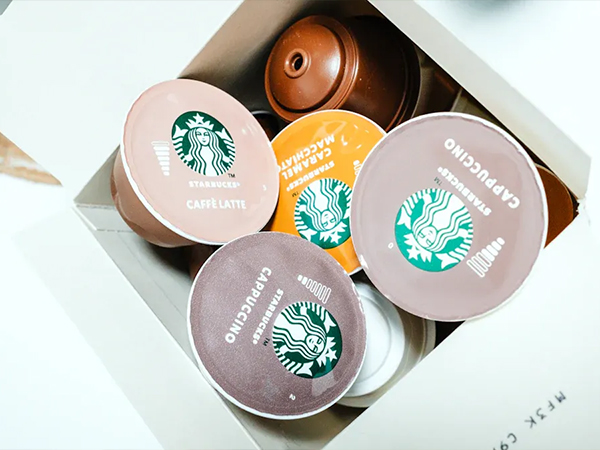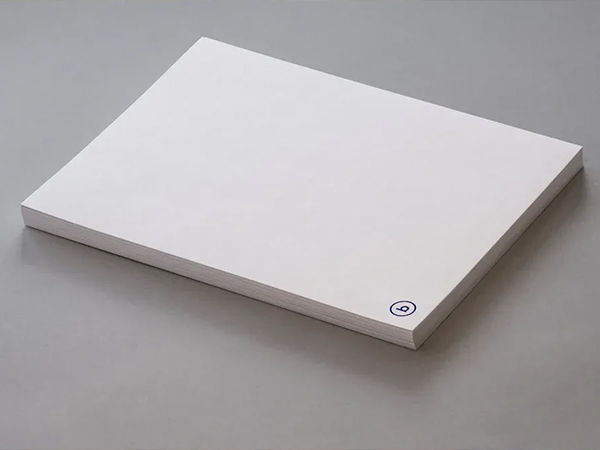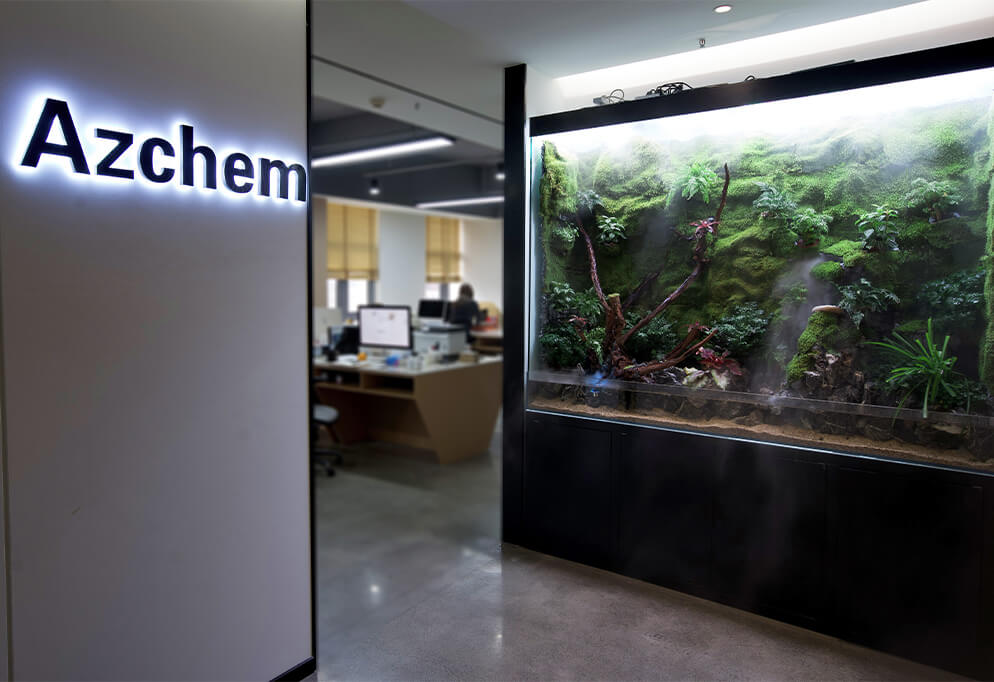Dry strength agents are commonly used in the papermaking process to enhance the dry strength of paper, such as tensile strength and bursting strength. Their effectiveness depends on their type, mechanism, dosage, and application strategy.
I. Main Types of Dry Strength Agents
- Starch-based Agents
Types: Cationic starch, anionic starch, oxidized starch, phosphate esterified starch
Features: Widely available and cost-effective; suitable for cultural and packaging papers. - Polyacrylamide (PAM)
Types: Cationic, anionic, and non-ionic PAM
Features: High molecular weight and excellent strengthening performance; ideal for high-speed paper machines. - Polyvinyl Alcohol (PVA)
Features: Excellent film-forming properties; used in high-grade papers like currency and specialty papers. - Chitosan (Natural Polymer)
Features: Biodegradable and eco-friendly; suitable for low-pollution applications.
II. Mechanism of Action
Dry strength agents work by enhancing fiber-fiber bonding, mainly through hydrogen bonding, electrostatic interaction, molecular entanglement, and dispersion effects. They also improve retention and drainage, contributing to overall strength.
III. Application Position and Optimization Strategies
The point of addition greatly affects absorption efficiency and final paper strength. Options include:
- Pulp pump: High shear mixing; ideal for uniform dispersion.
- Before pressure screen: Reduces interference from anionic trash.
- Headbox: Effective for fast-reacting agents like PAM with minimal shear degradation.
Strategies such as two-stage dosing and co-addition with other chemicals (e.g., starch + PAM) are recommended depending on furnish and paper grade.
IV. Key Factors Affecting the Performance of Dry Strength Agents
The following table summarizes the main influencing factors, mechanisms, and typical optimization effects:
Table 1: Factors Influencing Dry Strength Agent Efficiency
| Factor | Mechanism | Typical Optimization Effect |
|---|---|---|
| Pulp Beating Degree | Higher beating increases fiber surface area and adsorption sites. | At 40°SR beating, optimal dosage is 0.5–1% lower than at 30°SR. |
| pH Value | pH affects the charge state of dry strength agents (e.g., cationic agents increase effectiveness when pH > 5). | When pH rises from 5 to 7, dosage may need to increase by 0.3–0.5% to maintain charge balance. |
| Type of Agent | High molecular weight PAM (>10 million) can bridge fibers even at low dosages; low MW PAM requires higher dosage. | 5 million MW PAM: optimal dosage = 1.2%; 12 million MW PAM: optimal dosage = 0.8%. |
| Temperature | High temperature accelerates PAM hydrolysis and reduces effective concentration. | For every 5°C increase, PAM dosage may need to increase by 0.2–0.3%. |
| Fiber Type | Hardwood fibers are shorter and require more bridging; softwood fibers are longer and bond better naturally. | Tissue paper (mainly hardwood): dosage 1–1.5%; Printing paper (mainly softwood): lower dosage. |
V. Dose-Response Curve: Strength vs. Dosage
- 0–1.5%: Rapid strength increase
- 1.5–2%: Diminishing returns
- 2–3%: Plateau phase
- >3%: Risk of brittleness and machine issues
Mechanisms like fiber bridging and charge neutralization explain the nonlinear behavior.
VI. Troubleshooting and Optimization Recommendations
The following table provides guidance on how to diagnose and correct common problems related to dry strength agent use:
Table 2: Common Problems and Solutions
| Issue | Possible Cause | Optimization Strategy |
|---|---|---|
| Strength Not Improving | Insufficient dosage or poor compatibility | Increase dosage by 1–2%, or use a product with matching charge type. |
| Paper Becomes Brittle | Overdose or excessive film formation | Reduce dosage to 0.5–1%, or modify the retention/PAM co-addition system. |
| Slow Drainage on Paper Machine | Overly long molecular chains in dry strength agent | Reduce concentration to 0.1–0.3%, or switch to lower viscosity product. |
VII. Notes & Best Practices
- Use static mixers or turbulence devices to ensure thorough mixing.
- Dilution ratio: 10–20x to avoid flocculation.
- Automated dosing based on flow rate and machine speed.
- Compatible pH range: 5–7 for cationic agents; >7 for anionic PAM.
- Avoid simultaneous addition of oppositely charged additives.
- Monitor machine drainage and fiber flexibility to prevent overdosing.
The relationship between dry strength agent dosage and paper strength follows an S-shaped curve. Optimal performance depends on a combination of experimental validation and real-time adjustment. A tailored approach based on furnish, paper grade, and operating conditions is essential for maximizing benefits and minimizing cost or operational risk.

